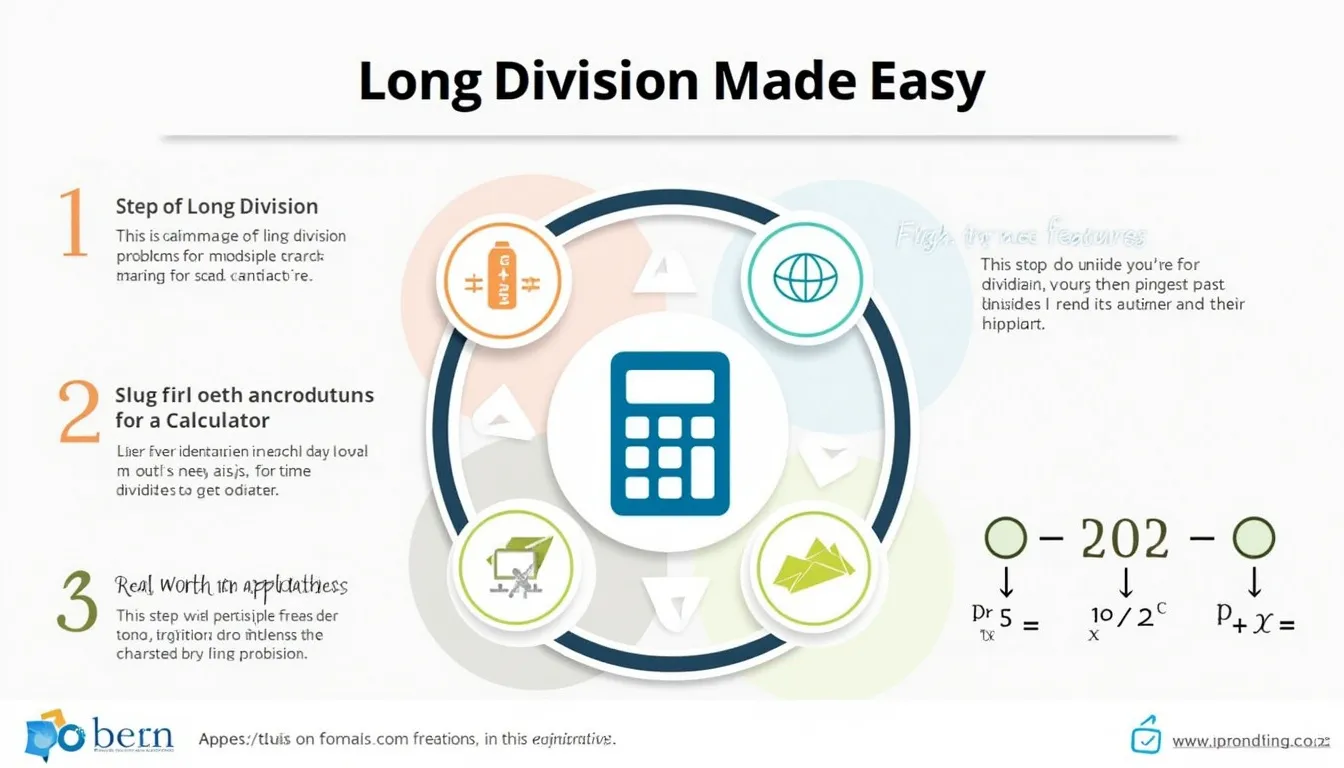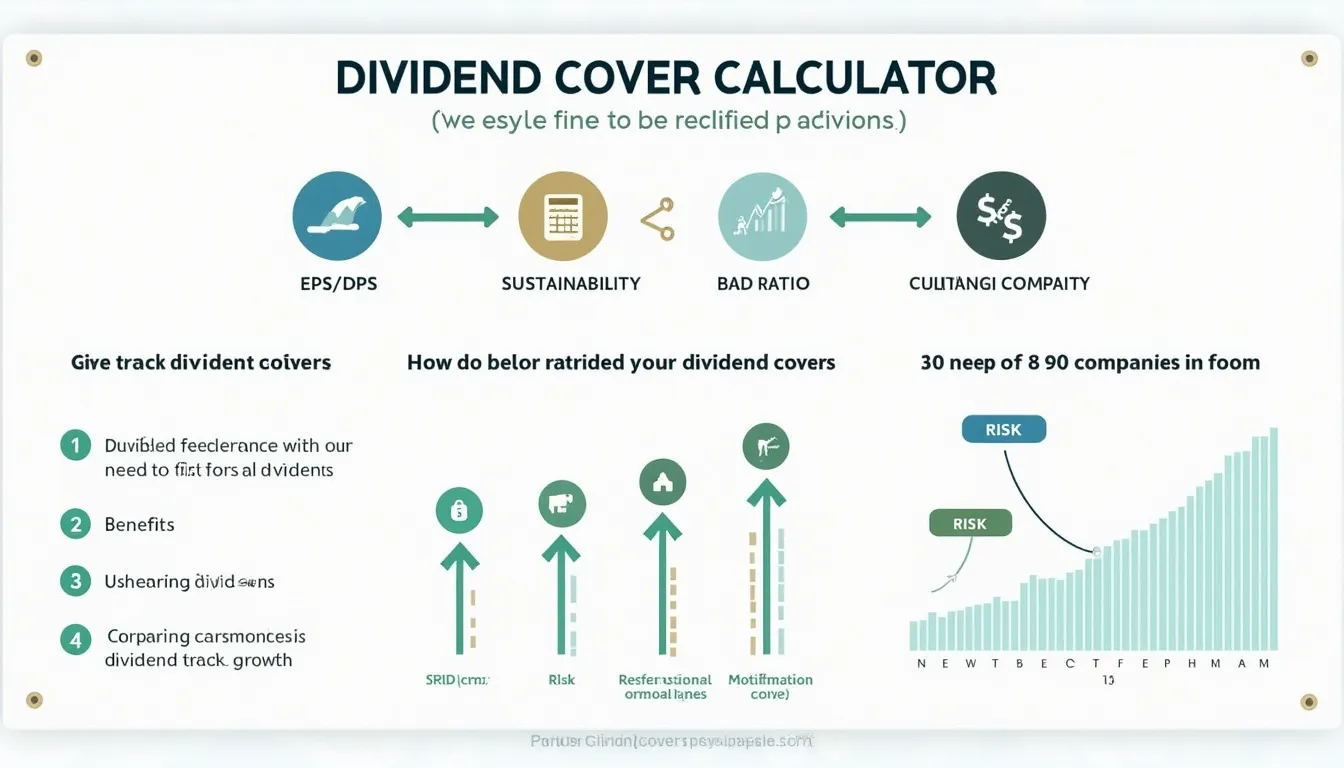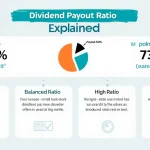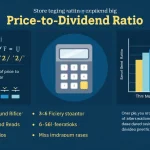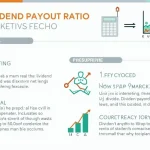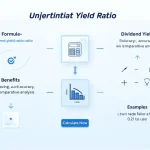Long Division Calculator
Is this tool helpful?
How to Use the Long Division Calculator Effectively
Our Long Division Calculator is designed to simplify the process of performing long division and provide step-by-step solutions. Here’s a guide on how to use this tool effectively:
1. Enter the Dividend
In the “Dividend” field, input the number you want to divide. For example, enter 754 if you want to divide 754 by another number.
2. Input the Divisor
In the “Divisor” field, enter the number you want to divide by. For instance, if you’re dividing 754 by 3, enter 3 in this field.
3. Set the Precision (Optional)
If you want to see decimal places in your result, enter the desired number of decimal places (0-10) in the “Precision” field. For example, entering 2 will show the result to two decimal places.
4. Choose Display Options
- Check the “Show Steps” box if you want to see a detailed breakdown of the division process.
- Select “Show Visual Representation” to view the division in a traditional long division format.
5. Calculate
Click the “Calculate” button to perform the division and view the results.
Understanding Long Division: A Comprehensive Guide
Long division is a fundamental mathematical operation that allows us to divide larger numbers by hand. It’s a step-by-step process that breaks down complex divisions into manageable parts, making it an essential skill for students and a valuable tool for anyone needing to perform precise divisions without a calculator.
The Basics of Long Division
At its core, long division is based on the following mathematical relationship:
$$ \text{Dividend} = \text{Divisor} \times \text{Quotient} + \text{Remainder} $$Where:
- Dividend: The number being divided
- Divisor: The number we’re dividing by
- Quotient: The result of the division
- Remainder: The amount left over (if any)
The Long Division Algorithm
The long division algorithm follows these general steps:
- Divide the first digit (or digits) of the dividend by the divisor.
- Multiply the result by the divisor and write it below the dividend’s digits used.
- Subtract this result from the dividend’s digits.
- Bring down the next digit from the dividend.
- Repeat steps 1-4 until all digits of the dividend have been used.
Benefits of Using the Long Division Calculator
1. Time-Saving Efficiency
Our Long Division Calculator streamlines the division process, saving valuable time for students, teachers, and professionals. Instead of manually working through each step, users can obtain accurate results instantly.
2. Educational Support
The step-by-step solution feature serves as an excellent learning aid. Students can see how each stage of the division is performed, reinforcing their understanding of the long division algorithm.
3. Visual Learning Enhancement
With the option to display a visual representation of the long division process, visual learners can better grasp the concept by seeing it laid out in a familiar format.
4. Precision Control
Users can specify the number of decimal places for the result, allowing for customized precision in calculations. This is particularly useful for applications requiring exact decimal representations.
5. Error Reduction
By automating the calculation process, the calculator minimizes the risk of human error, ensuring consistent and accurate results every time.
6. Versatility
The calculator can handle a wide range of numbers, from simple whole number divisions to more complex calculations involving large numbers or multiple decimal places.
Addressing User Needs and Solving Problems
Simplifying Complex Calculations
The Long Division Calculator addresses the common challenge of performing lengthy divisions by hand. Let’s consider an example where we need to divide 9876 by 23 to 3 decimal places:
Using the calculator:
- Enter 9876 as the dividend
- Input 23 as the divisor
- Set precision to 3 decimal places
- Check both “Show Steps” and “Show Visual Representation”
- Click “Calculate”
The calculator will instantly provide the result: 429.391 with a remainder of 7. It will also display the step-by-step process and a visual representation of the long division, which would look something like this:
$$ \begin{array}{r} 429.391 \\ 23 \enclose{longdiv}{9876.000} \\ \underline{92} \\ 67 \\ \underline{46} \\ 216 \\ \underline{207} \\ 90 \\ \underline{69} \\ 210 \\ \underline{207} \\ 30 \\ \underline{23} \\ 70 \\ \underline{69} \\ 1 \end{array} $$This detailed output helps users understand each step of the division process, from the initial division of 98 by 23 to the final decimal calculations.
Supporting Educational Goals
For educators and students, the calculator serves as a valuable tool for checking work and reinforcing understanding. Teachers can use it to generate practice problems with solutions, while students can verify their manual calculations and identify areas where they might be making mistakes.
Enhancing Financial Calculations
In financial contexts, precise division is often necessary. For example, when calculating per-unit costs or dividing profits among shareholders, the Long Division Calculator ensures accuracy to the desired decimal place, crucial for fair and transparent financial operations.
Practical Applications and Use Cases
1. Academic Settings
Students from elementary school through college can benefit from the calculator for homework, exam preparation, and understanding complex division problems. For instance, a middle school student working on a problem set involving dividing large numbers can use the calculator to check their work and understand the process better.
2. Business and Finance
Financial analysts and accountants often need to perform precise divisions. The calculator can be used to:
- Calculate earnings per share (EPS) by dividing net income by outstanding shares
- Determine unit costs in manufacturing by dividing total costs by the number of units produced
- Compute percentage changes in financial metrics
3. Scientific Research
Researchers in various scientific fields may need to perform accurate divisions as part of their data analysis. The calculator’s precision control feature is particularly useful for ensuring results are reported to the appropriate number of significant figures.
4. Everyday Problem-Solving
From splitting bills at restaurants to calculating recipe ingredients for different serving sizes, the Long Division Calculator can simplify everyday math challenges. For example, if you need to adjust a recipe that serves 8 people to serve 11 people, you can use the calculator to determine the new quantities for each ingredient.
5. Educational Content Creation
Teachers and educational content creators can use the calculator to generate examples and practice problems for worksheets, textbooks, or online courses. The step-by-step solutions and visual representations can be incorporated into lesson plans to illustrate the long division process effectively.
Frequently Asked Questions (FAQ)
Q1: Can the Long Division Calculator handle negative numbers?
A1: Yes, the calculator can process negative numbers for both the dividend and divisor. The result will follow standard mathematical rules for the division of negative numbers.
Q2: What is the maximum number of decimal places I can calculate?
A2: The calculator allows you to specify up to 10 decimal places for precision. This should be sufficient for most practical applications.
Q3: Can I use the calculator for dividing decimal numbers?
A3: Absolutely! You can enter decimal numbers as both the dividend and divisor. The calculator will perform the division and provide results based on the precision you specify.
Q4: How does the visual representation help in understanding long division?
A4: The visual representation mimics the traditional pen-and-paper method of long division. It shows each step of the process, including how numbers are brought down and remainders are calculated, which can greatly aid in understanding the algorithm.
Q5: Is there a limit to the size of numbers I can input?
A5: The calculator can handle a wide range of numbers, but extremely large numbers may be subject to the limitations of JavaScript’s number handling capabilities. For most practical purposes, you should be able to input numbers with up to 15-17 significant digits.
Q6: Can the calculator be used for teaching long division?
A6: Yes, the calculator is an excellent teaching tool. Educators can use it to demonstrate the long division process, generate practice problems, and help students check their work. The step-by-step solution feature is particularly useful for explaining each stage of the division.
Q7: How does the calculator handle repeating decimals?
A7: For divisions that result in repeating decimals, the calculator will provide the result to the specified number of decimal places. If you suspect a repeating decimal, you may want to increase the precision to see the pattern emerge.
Q8: Can I use this calculator for fraction division?
A8: While the calculator is designed for division of whole numbers and decimals, you can use it for fractions by first converting the fractions to decimals. For example, to divide 3/4 by 1/2, you would enter 0.75 as the dividend and 0.5 as the divisor.
Q9: Is the calculator suitable for professional use?
A9: Yes, the Long Division Calculator is suitable for professional use in various fields, including finance, engineering, and scientific research. Its precision control and step-by-step solutions make it a valuable tool for accurate calculations and verification.
Q10: How can I interpret the remainder in the calculator’s results?
A10: The remainder represents the amount left over after the division is complete. In practical terms, if you’re dividing objects, the remainder would be the number of objects left after dividing them into equal groups. In decimal calculations, the remainder is used to calculate additional decimal places.
By leveraging the power and flexibility of our Long Division Calculator, users can tackle a wide range of division problems with ease and confidence. Whether you’re a student learning the fundamentals of arithmetic, a professional needing precise calculations, or anyone in between, this tool provides the accuracy and educational support needed to master long division.
Important Disclaimer
The calculations, results, and content provided by our tools are not guaranteed to be accurate, complete, or reliable. Users are responsible for verifying and interpreting the results. Our content and tools may contain errors, biases, or inconsistencies. We reserve the right to save inputs and outputs from our tools for the purposes of error debugging, bias identification, and performance improvement. External companies providing AI models used in our tools may also save and process data in accordance with their own policies. By using our tools, you consent to this data collection and processing. We reserve the right to limit the usage of our tools based on current usability factors. By using our tools, you acknowledge that you have read, understood, and agreed to this disclaimer. You accept the inherent risks and limitations associated with the use of our tools and services.
